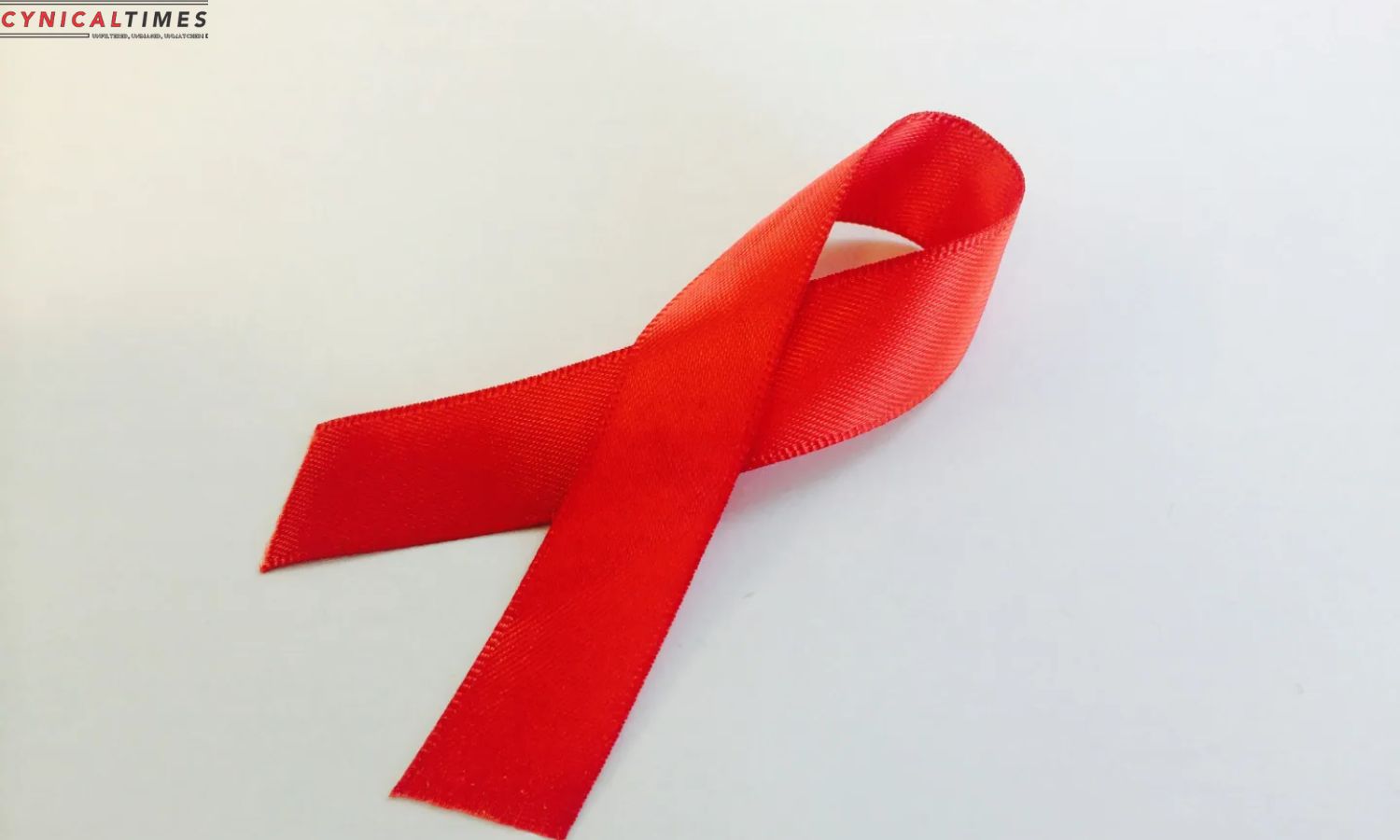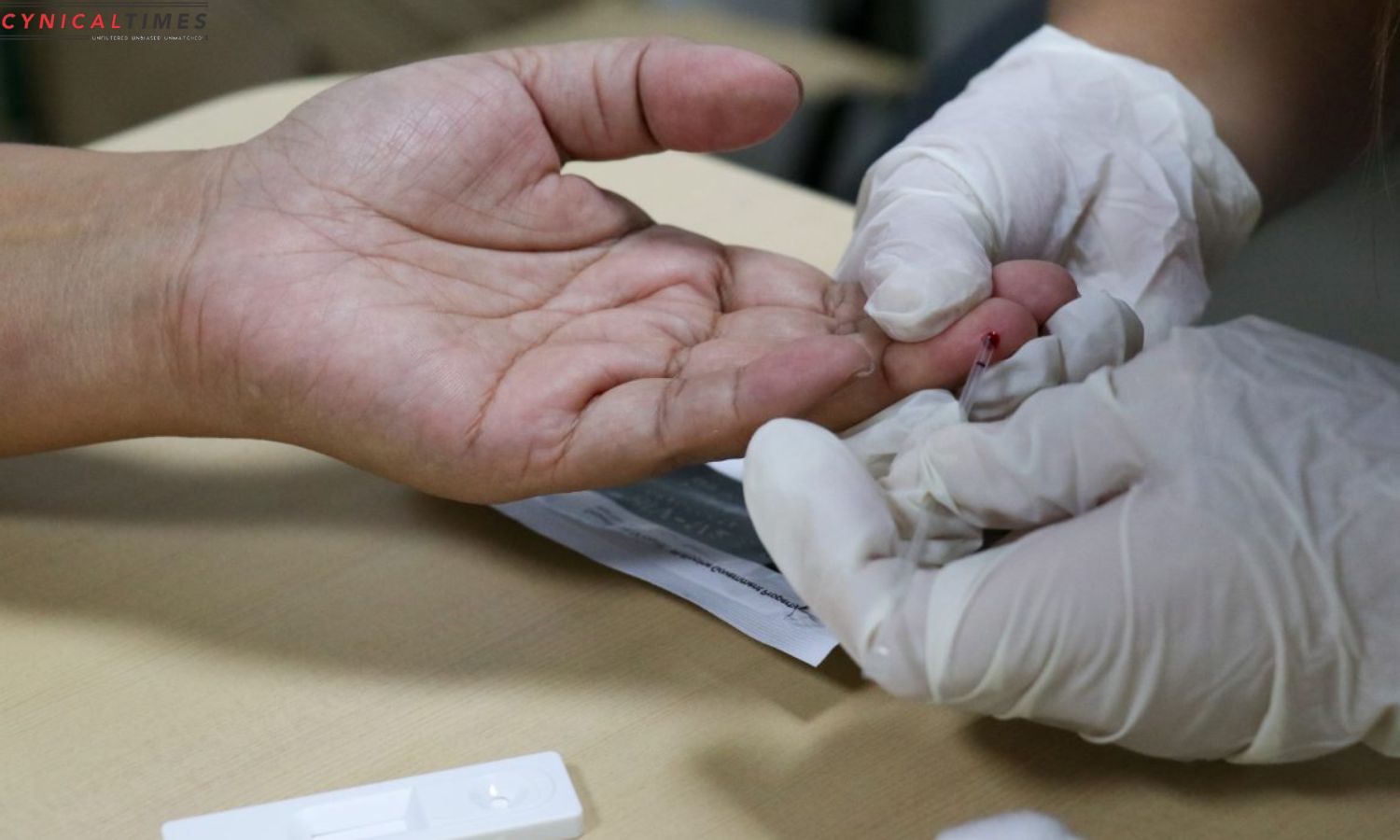UNICEF Report Reveals Gender Disparity: Girls are more than twice as likely to contract HIV than their male counterparts, a recent UNICEF analysis suggests. The agency says nearly 98,000 adolescent girls were infected with HIV in 2022 alone.
The data, released as part of an annual snapshot on children and HIV/AIDS, suggests that gender inequality, limited access to health care, and a dearth of educational programs put girls at particular risk for HIV worldwide. Although the analysis found “tremendous gains” in HIV prevention and treatment, it notes that 71 percent of new infections among adolescents ages 10 to 19 are among girls.
In sub-Saharan Africa, which has the largest proportion of children and adolescents with HIV, prevalence among girls and young women is triple that of males.


Also Read:Semaglutide Surge Dosing Errors and the Risky Game of Weight Loss
“It is unacceptable that adolescent girls, who should be planning their futures, continue to bear the heaviest burden of HIV infection,” said Anurita Bains, UNICEF associate director of HIV/AIDS, in a news release. “We — the UN, communities, governments and organisations — must eradicate the obstacles that make HIV a threat to their health and wellbeing. This includes ensuring the sexual and reproductive health and rights of adolescent girls and young women are met.”
While eastern and southern Africa have the highest number of children birth through age 19 with HIV, the agency also identified west and central Africa, East Asia and the Pacific, South Asia, and Latin America and the Caribbean as HIV hot spots. Overall, the report indicates that nearly 1 million children and teens with HIV go untreated, and antiretroviral treatment lags worldwide due to testing requirements and a lack of age-appropriate medication.
Despite the ongoing risk to girls worldwide, the report documents progress in preventing and treating HIV/AIDS. Progress remains slow, but “remarkable” gains have slowed mother-to-child transmission, and the agency notes “dramatic” improvements in HIV testing and treatment, especially for infants.

